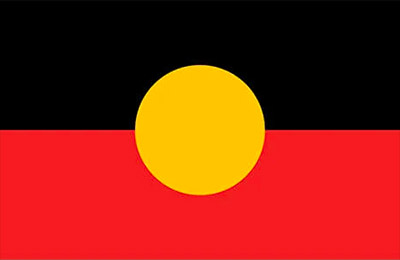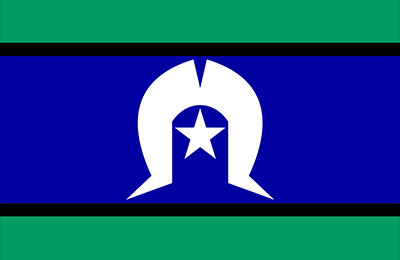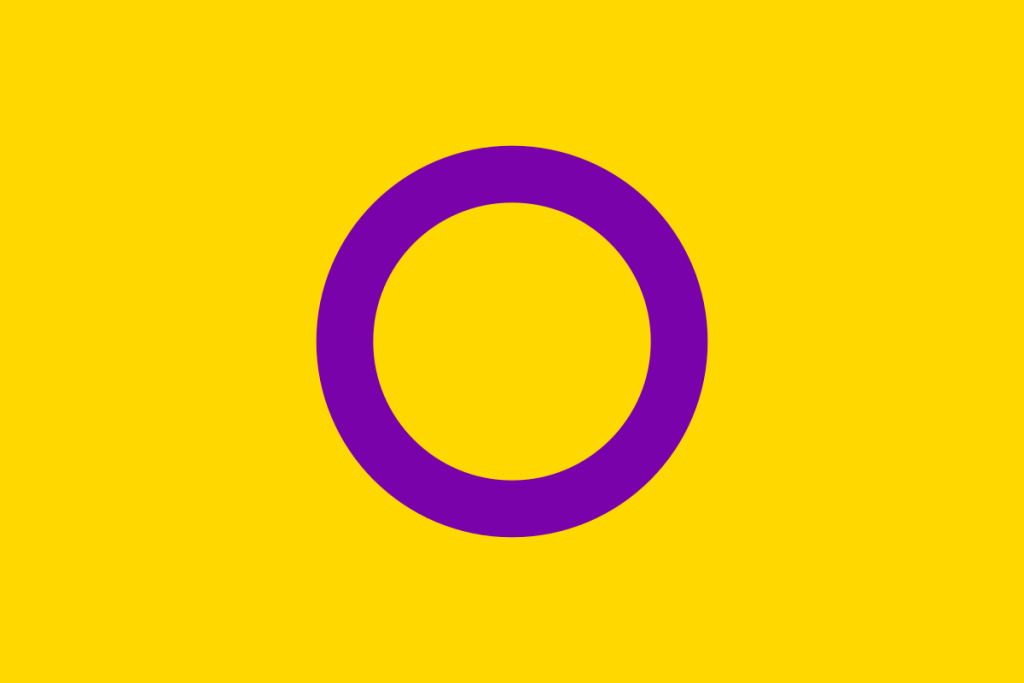Collaboration for health equity has occurred for centuries, with concepts of care, healing and community embedded in First Nations’ and migrant health. In Australia, colonial laws that had criminalised aspects of humanity and health have been in a constant state of reform.
Here we provide a brief timeline of the last fifty years of reforms, alongside the development of our organisation and other significant events. We also recognise that recording and sharing histories is a complex and ongoing process. To contribute to our recording of women’s health herstory, including photos, key national reforms, shifts or other events, please contact us.
I am struck by how much attitudes towards women, and attitudes of women themselves, have changed since the 1970s…. None of the problems that feminists identified in the 1970s have disappeared, although some are less pressing than they were.
Gwendolyn Gray Jamieson, previous Australian Women’s Health Network National Chairperson
The National Council of Aboriginal and Torres Strait Islander Women was established.
The first Aboriginal Community Controlled Health Organisation, the Aboriginal Medical Service was established in Redfern, Sydney.
Aboriginal and Torres Strait Islander people were recognised, for the first time, in the Australian Census, following a referendum and subsequent constitutional amendment in 1969.
The Department of Social Security was established.
The first National Women’s Health Conference was held in Brisbane.
The National Aboriginal and Islander Health Organisation was formed, a predecessor to the National Aboriginal Community Controlled Health Organisation in 1992.
The first Racial Discrimination Act was enacted in Australia.
Medibank was established by the Australian Government as a non-profit private health insurer.
Women in Industry and Community Health was formed, a predecessor to the Multicultural Centre for Women’s Health.
Australia ratified the United Nations Convention on the Elimination of All Forms of Discrimination Against Women
The Pharmaceutical Benefits Scheme established a concession scheme, which was initiated in 1944 but not extended into a comprehensive list until 1960.
Aboriginal and Torres Strait Islander peoples received voting rights and were, for the first time, required to register on the electoral roll.
Medicare was established as Australia’s universal healthcare system.
The Sex Discrimination Act was enacted.
The second National Women’s Conference was held in Adelaide.
The Women’s Business Report was published.
The Australian Women’s Health Network was established.
The Australian Human Rights Commission Act was established.
The National Policy for the Education of Girls was enacted.
The first National Women’s Health Policy and National Women’s Health Program was launched.
The Therapeutic Goods Administrator was established.
The National Strategy on Violence Against Women was introduced.
The Disability Discrimination Act was enacted.
Australian Women’s Health Network wrote its first organisational constitution.
The third National Women’s Conference was held in Canberra.
The Australian Longitudinal Study on Women’s Health commenced.
Publication of Bringing them Home a report of the findings of the National Inquiry into the Separation of Aboriginal and Torres Strait Islander Children from Their Families.
The fourth National Women’s Conference was held in Adelaide.
The Age Discrimination Act was enacted.
The fifth National Women’s Conference was held in Melbourne.
Prime Minister Kevin Rudd made a formal apology on behalf of the Australian Government to Aboriginal and Torres Strait Islander peoples, particularly to the Stolen Generations, whose lives had been blighted by previous policies of forced child removal and assimilation.
The first the Closing the Gap Statement and agreement was established.
The first National Preventative Health Strategy was published.
The second National Women’s Health Policy was published.
The National Aboriginal and Torres Strait Islander Women’s Health Strategy was published.
The sixth National Women’s Conference was held in Hobart.
The National Disability Strategy was published.
Prime Minister Julia Gillard apologised on behalf of the Australian Government to people affected by forced adoption or removal policies and practices.
The failed Closing the Gap ‘refresh’ process commenced.
The third National Women’s Health Policy was published.
A National Redress Scheme was established following the Royal Commission into Institutional Responses to Child Sexual Abuse.
Safe access zone legislation was upheld unanimously by the High Court.
Australian Women’s Health Network registered the Australian Women’s Health Alliance business name.
Wiyi Yani U Thangani (Women's Voices) Securing Our Rights, Securing Our Future Report was published.
The ‘Gay Panic Defence’ was abolished nationally, following legislative reform in South Australia.
A new National Agreement on Closing the Gap was established.
The Territories Stolen Generations Redress Scheme was established.
Safe access zone legislation was, for the first time nationalised, following legislative reform in Western Australia.
The second National Preventive Health Strategy was published.
The Forced Adoption Exceptional Circumstances Fund was established.
The National Women’s Health Advisory Council was established.
The Australian Women’s Health Network refreshed the National Women’s Health Hub and transitioned the business name from Network to Alliance.
A Bill for Abortion Law Reform was tabled in Western Australia, the final jurisdiction in Australia to remove any risk of a patient being criminalised for accessing abortion.
B Attwood, A Markus and Australian Institute of Aboriginal and Torres Strait Islander Studies, The 1967 referendum: race, power and the Australian Constitution, Aboriginal Studies Press, 2007.
Australian Human Rights Commission, Quick guide to anti-discrimination law, Australian Human Rights Commission, 2023.
B Baird, Abortion Care is Health Care, Melbourne University Press, 2023.
F Baum, M Bégin, T Houweling and S Taylor, ‘Changes not for the fainthearted: reorienting health care systems toward health equity through action on the social determinants of health’, American Journal of Public Health, 2009, 99(11), pp 1967-1974.
Gay’wu group of Women, Songspirals: Sharing women’s wisdom of Country through songlines, Allen & Unwin, 2019.
Boston Women’s Health Book Collective, Our Bodies, Ourselves: A health book by and for women, Simon and Schuster, New York, 1976.
W Brown, L Bryson, J Byles, A Dobson, L Manderson, M Schofield and G Williams, ‘Women’s Health Australia: Establishment of the Australian Longitudinal Study on Women’s Health. Journal of Women’s Health, Oct 1996, 5(5), pp 467-472.
MS Goddard, ‘How the Pharmaceutical Benefits Scheme began’. Medical Journal of Australia, 2014, 201(S1), S23-S25.
G Gray Jamieson, Reaching for Health: The Australian Women’s Health Movement and Public Policy, ANU E Press, Canberra 2012.
Longitudinal Study on Women’s Health – website at https://alswh.org.au/, 2023
A Moreton-Robinson, Talkin’ Up to the White Woman: Indigenous Women and Feminism, University of Queensland Press, 2002.
Multicultural Centre for Women’s Health – website About Us https://www.mcwh.com.au/about-mcwh/, 2023.
National Aboriginal Community Controlled Health Organisation – website Our Story https://www.naccho.org.au/our-story/, 2023.
C Watego, Another Day in the Colony, University of Queensland Press, 2021
Australian Women’s Health Alliance acknowledges the owners of the lands on which we live and work, and pay our respect to Elders past and present. We recognise First Nations people across this country and their continuing connection to land, waters, and culture. Sovereignty has not been ceded.




Call healthdirect – 1800 022 222
Contact 1800RESPECT
Call triple zero – 000
Other crisis and general helplines can also be found online
This website contains names and images of people who have died.
© 2025 Australian Women’s Health Alliance – Privacy Policy
Website maintained by SME Digital